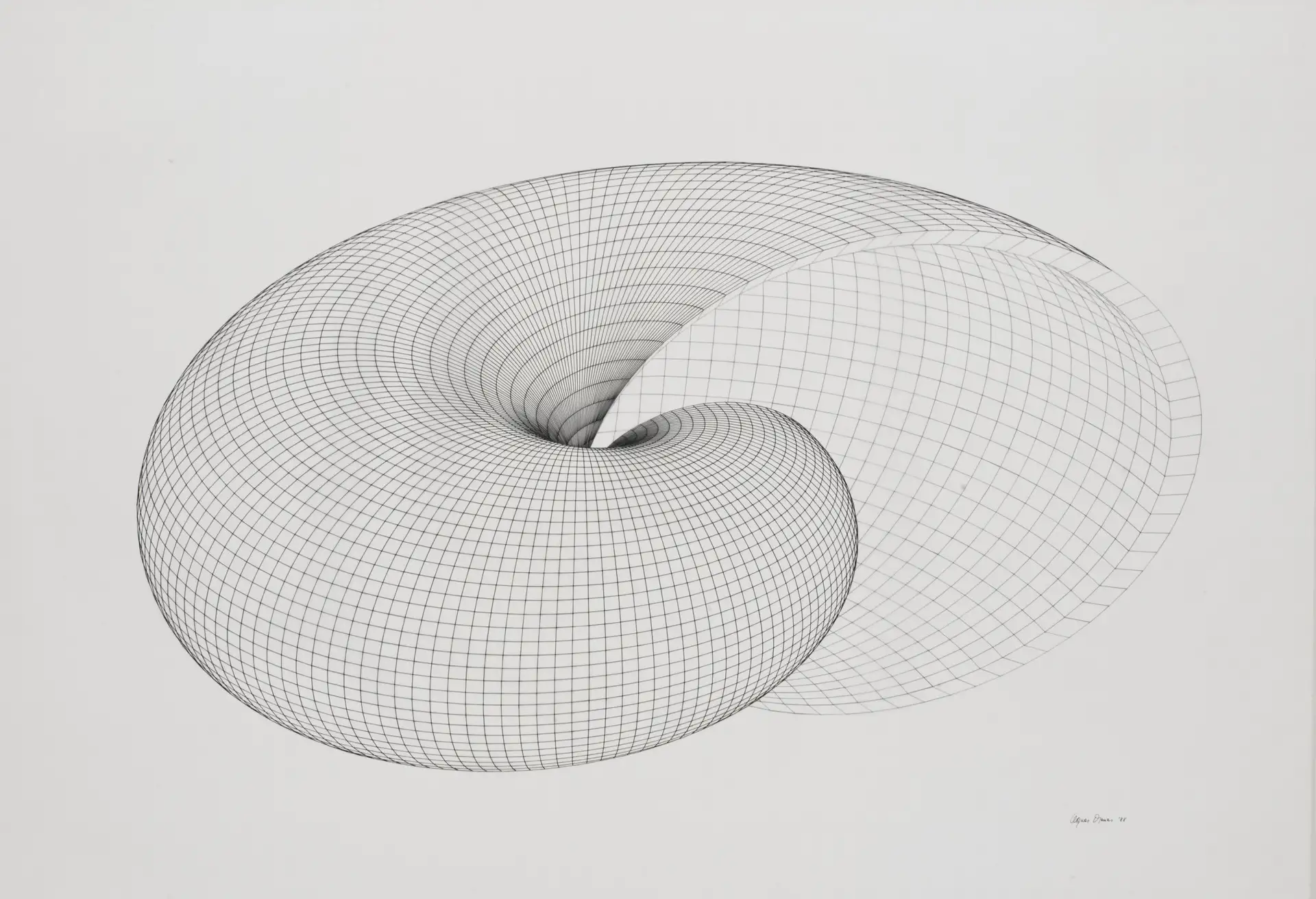Agnes Denes
Agnes Denes is a Hungarian-born American conceptual artist whose practice spans land art, poetry, writing, sculpture and drawing. A pioneer of ecological and land art, Denes often works on a monumental scale, drawing on frameworks of science, philosophy, history, linguistics and psychology to question the relationship between humans and nature against the looming challenges of global survival. Pursuing what she calls “visual philosophy”, Denes coined the concept of Eco-Logic, with ecology and logic serving as two foundational pillars of her concept-driven practice.
One of the first artists to incorporate environmental awareness into art-making, her most well-known and groundbreaking work, Wheatfield — A Confrontation (1982): a 2.2-acre field of wheat grown on the empty Battery Park landfill in Manhattan for four months in 1982. Through this direct intervention in the urban fabric of the metropolis, the work highlighted issues of ecological neglect, the misuse of space, and the dissonance between real estate value and global environmental and social crises.
Denes’ innovative use of metallic ink to create drawings and prints, such as The Snail (1984), part of Lyra collection, is emblematic of the artist’s explorations in mathematics, geography, and other scientific disciplines. Throughout her career, Denes has imagined the laws of nature in the state of flux, reflecting on the meaning of art in the ever-shifting world of patterns. Part of her analytical Pyramid Series, The Snail addresses the visual paradox of nature juxtaposed with the limits of human understanding.
